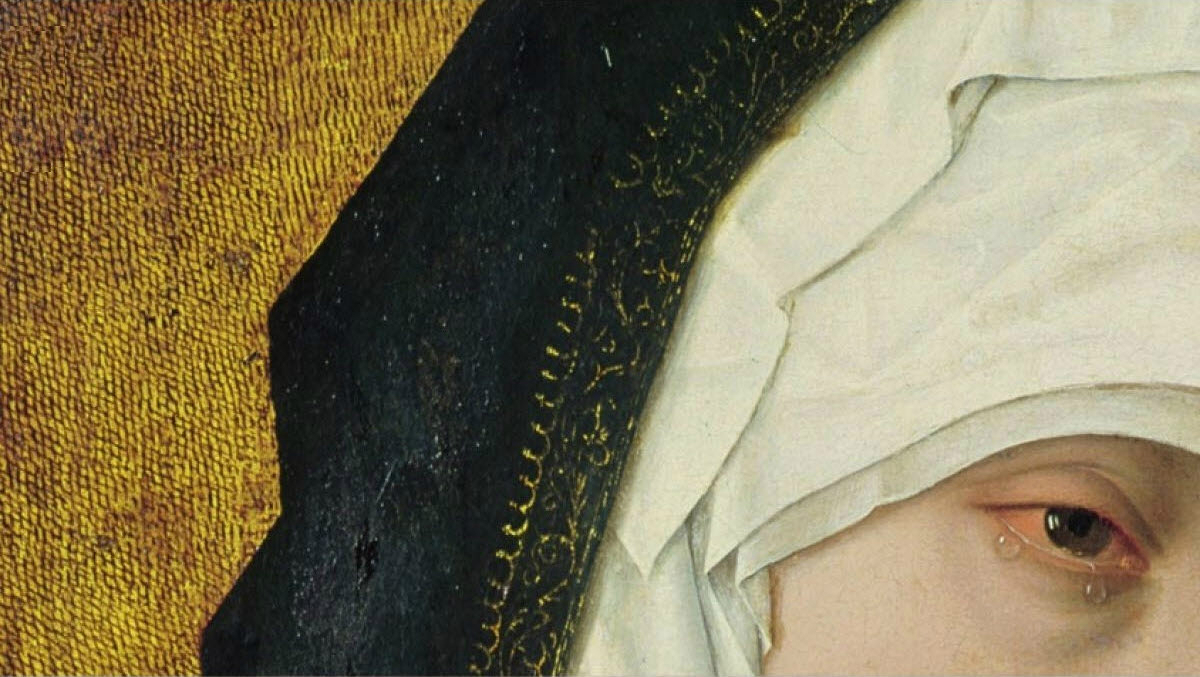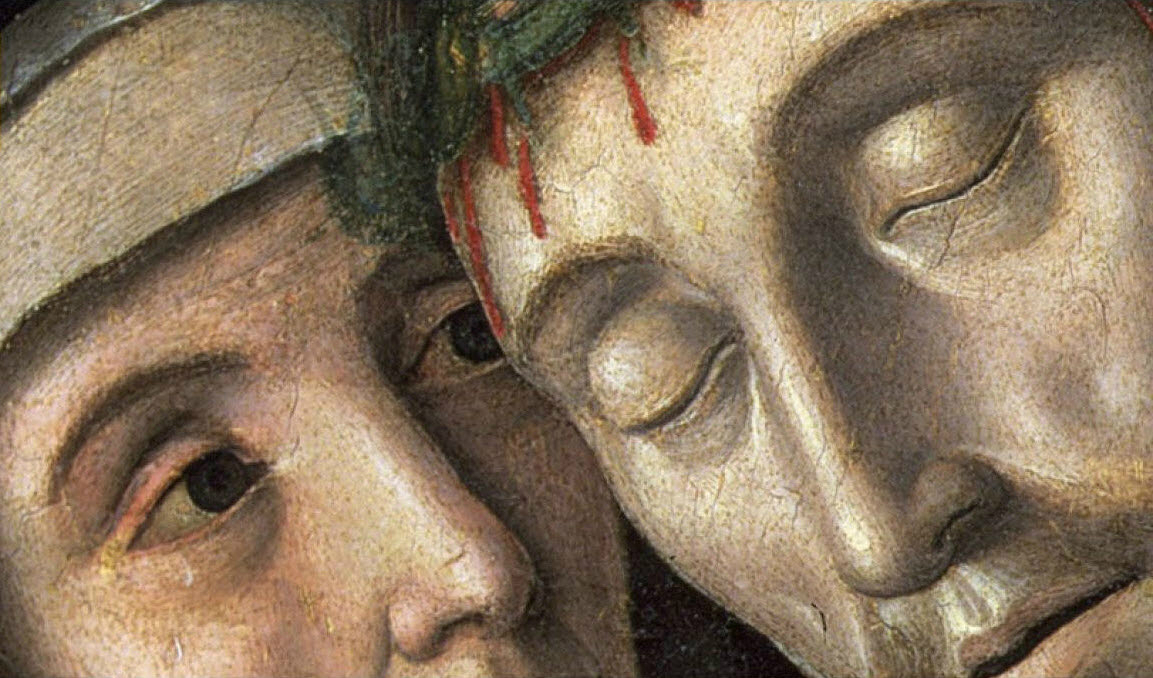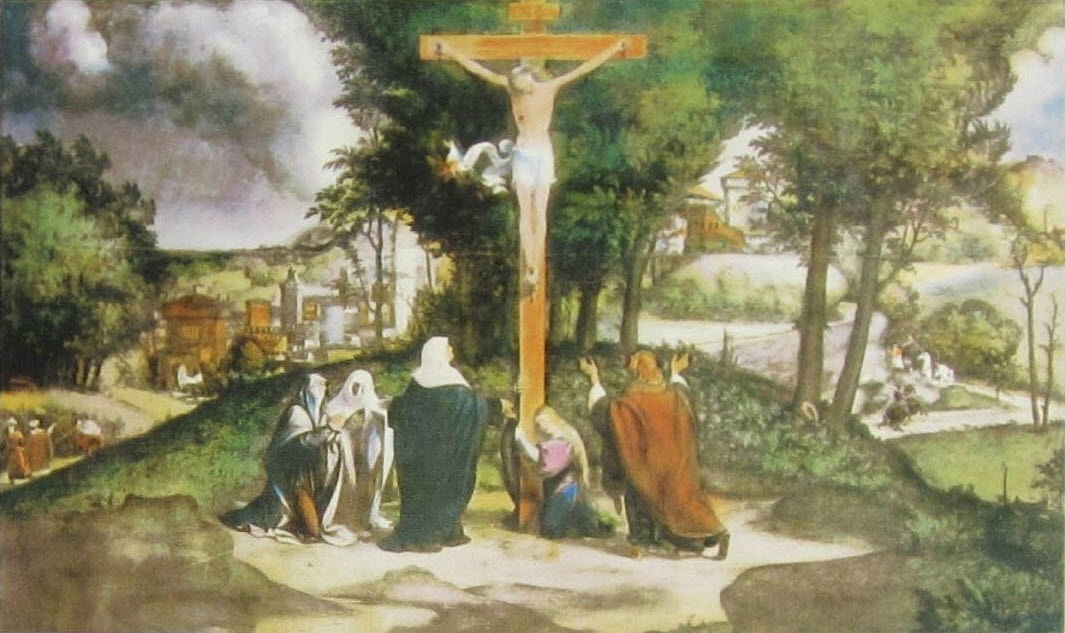|
페르콜레지: 성모애가 聖母哀歌
Giovanni Battista Pergolesi (1710 - 1736)
1. Stabat mater dolorosa - 전악장 연주 |
| |
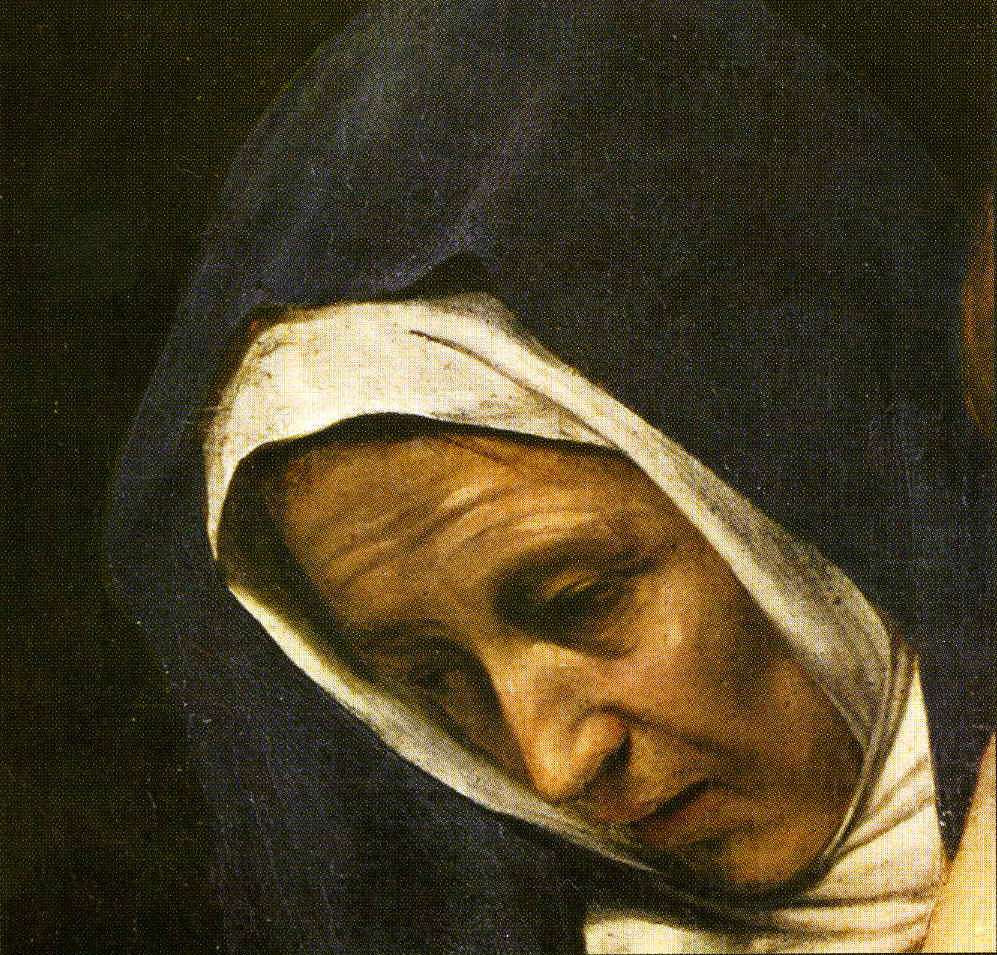
|
|
Album Title: Pergolesi: Stabat Mater - Laudate Pueri
Composer: Giovanni Battista Pergolesi (1710 - 1736)
Conductor: Michael Hofstetter
Performer: Valer Barna-Sabadus (Counter Tenor)
Terry Wey (Counter Tenor)
Choir: Ensemble Barock Vokal Mainz
Orchestra: Neumeyer Consort
Audio CD (May 01, 2012)
Number of Discs: 1
Format: Audio CD
Spars Code: DDD
Recorded in: Stereo
Recording Date: March, 2011 / Religious, Studio Recording
Label: Oehms Classics
Copyright: (C) ℗ 2012 Oehms Classics
Total Length: 56:09
Genres: Classical, Music, Opera & Vocal, Vocal Music, Church Music, Western Classical Music
Styles: Choral
Period: Baroque (1600-1750) |
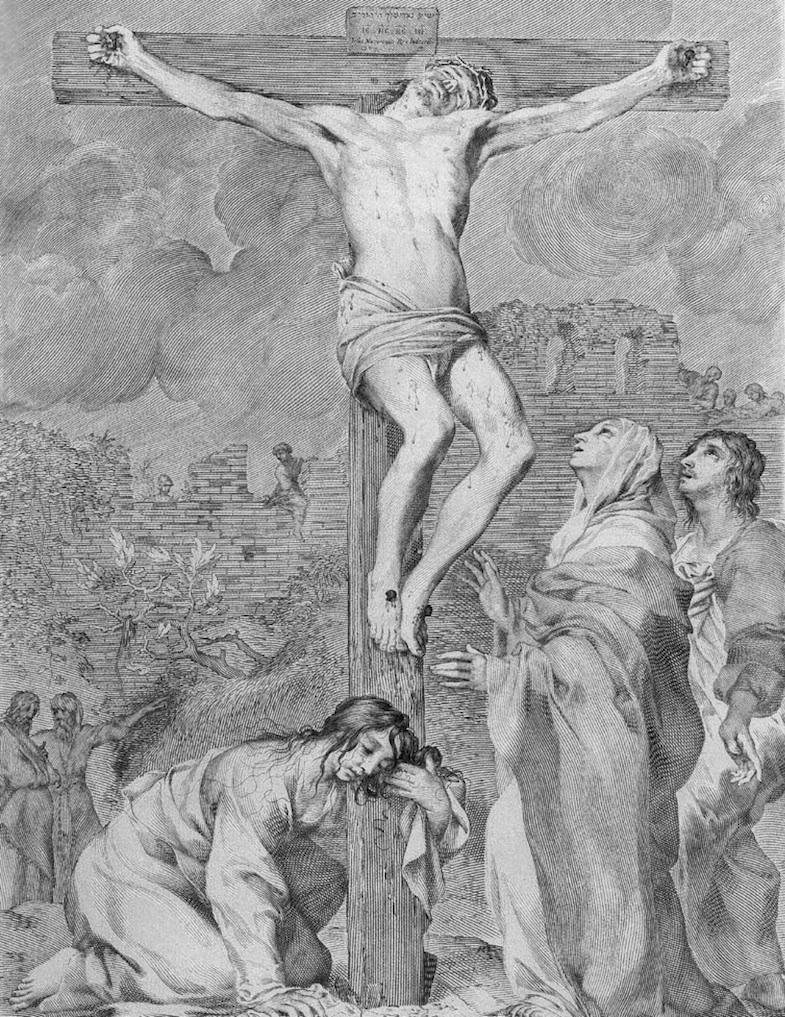
|
1-12. Stabat Mater (35:23)
Common Name Stabat Mater For Soprano Alto Strings & Organ
Composer Giovanni Battista Pergolesi (1710 - 1736)
Lyricist Anonymous
Conductor Michael Hofstetter
Performer Terry Wey (Countertenor)
Valer Barna-Sabadus (Countertenor)
Ensemble Mainz Ensemble Barock Vokal
Orchestra Neumeyer Consort
Genre Baroque Period
Date Written 1736-1736; Pozzuoli, Italy
Period Baroque
Country Italy
Venue Roter Saal, Hochschule für Musik der Universität.
Recording Date 03/2011
|
1. Stabat mater dolorosa
2. Cuius animam gementem
3. O quam tristis et afflicta
4. Quae moerebat et dolebat
5. Quis est homo qui non fleret
6. Vidit suum dulcem natum:38
7. Eia mater, fons amoris
8. Fac, ut ardeat cor meum
9. Sancta Mater, istud agas
10. Fac, ut portem Christi mortem
11. Inflammatus et accensus
12. Quando corpus morietur |
4:33
2:02
2:02
1:38
3:02
3:38
2:18
1:57
5:48
4:17
1:55
4:15 | | |
Review
Pergolesi's Stabat Mater, his achingly lovely swan song, was most likely written with two male singers in mind. Yet it's not often recorded that way, and the present release, with a genuine male soprano and alto, represents something rarer still, perhaps because not a lot of male singers can pull off the higher ranges convincingly without belting. Both the singers are billed as countertenors on the album, but Romanian-born Valer Barna-Sabadus, who looks like he just stepped out of a rock & roll dive, is a true soprano. Check out his soaring lines in the "Cujus animan," track 2, for the real news on this album. It's not that he delivers operatic power; plenty of countertenors can do that. It's the lightness and balance -- even a certain soberness -- that fit the work to its intended church ambiance. He can certainly execute the blooming operatic style, which he deploys to perfectly good effect in the choral psalm "Laudate Pueri Dominum," which rounds out the album; it's that he doesn't feel it's appropriate to this particular work. Barna-Sabadus' duets with male alto Terry Wey are gracefully restrained and deeply spiritual. The Neumeyer Consort under Michael Hofstetter, playing historical instruments, keeps the singers front and center but accompanies them sensitively. There are certainly other recordings of the Stabat Mater with greater sentiment, and arguably greater emotional impact, but for sheer vocal beauty and for original use of the male high voice this one is hard to top. Oehms' engineering, as usual, is crystal clear and beautifully attuned to the music, which was recorded in an auditorium at the music school of the University of Mainz.
by James Manheim

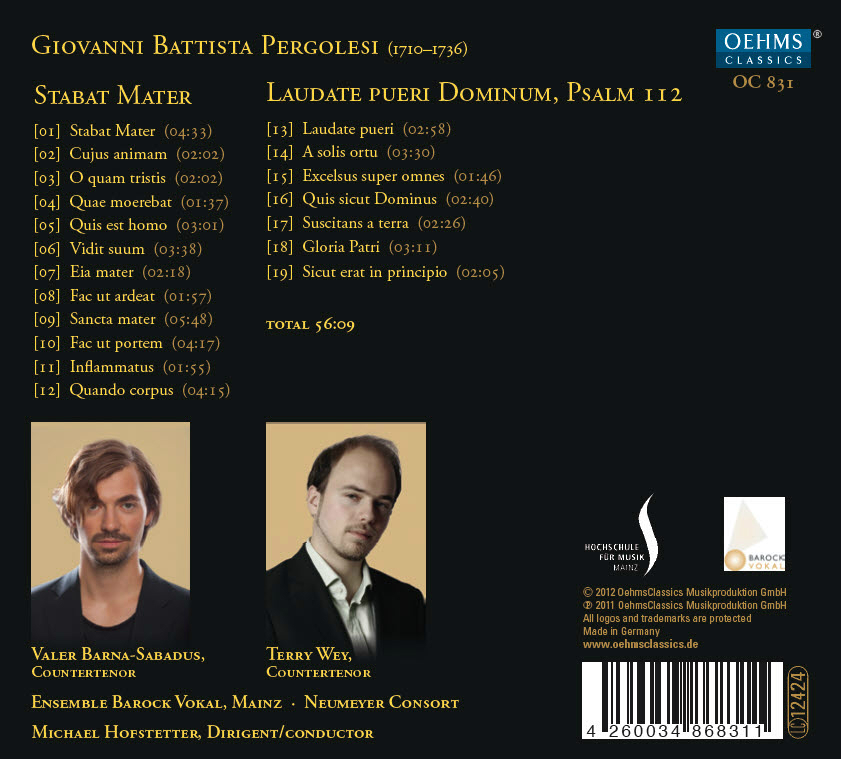
Performer: Valer Barna-Sabadus (countertenor) sings soprano
Terry Way (countertenor) sings alto
Giovanni Battista Pergolesi (1710 - 1736) is a too infrequently performed and appreciated composer. For those who know his works realize that his Stabat Mater was his achingly lovely swan song, a work that probably was written with two male singers in mind as was the tradition of the times. There is something otherworldly about countertenors who can sing in the range of women yet command the attributes that make their approach to music different (not better, but different). If the right pairing of soloists can be found then this little masterpiece of vocal literature becomes sublime. Today there are many recordings of Pergolesi's Stabat Mater (1736), usually paired with his fine Salve Regina and on those recordings the roles are assumed by a soprano and an alto/mezzo soprano. This recording is refreshingly different.
This recording is conducted by Michael Hofstetter who keeps the period instrumental and choral forces of the Neumeyer Consort and the Ensemble Barock Vokal, Mainz in tight but lyrical control. The true difference in this recording is the presence of a genuine male soprano and alto: not a lot of male singers soar into the higher ranges convincingly without belting. While the vocalists are billed as countertenors on the album, the Romanian-born Valer Barna-Sabadus is a true soprano (listen for his soaring and florid lines in the `Cujus animan'). As one critic familiar with Barna-Sabadus' gifts explains, `It's not that he delivers operatic power; plenty of countertenors can do that. It's the lightness and balance -- even a certain soberness -- that fit the work to its intended church ambiance. He can certainly execute the blooming operatic style, which he deploys to perfectly good effect in the choral psalm "Laudate Pueri Dominum," which rounds out the album; it's that he doesn't feel it's appropriate to this particular work.' High praise indeed, but simply listen to excerpts on the MP3 selections and hear for yourself. Barna-Sabadus' duets with male alto Terry Wey are gracefully restrained and deeply spiritual. There may be other recordings of the Stabat Mater with greater sentiment, and arguably greater emotional impact, but for sheer vocal beauty and for original use of the male high voice this one is hard to top. And by adding the sublime Laudate pueri Dominum (1732) this immaculately recorded CD, recorded in an auditorium at the music school of the University of Mainz by the Oehms' engineering is crystal clear and beautifully attuned to the music.
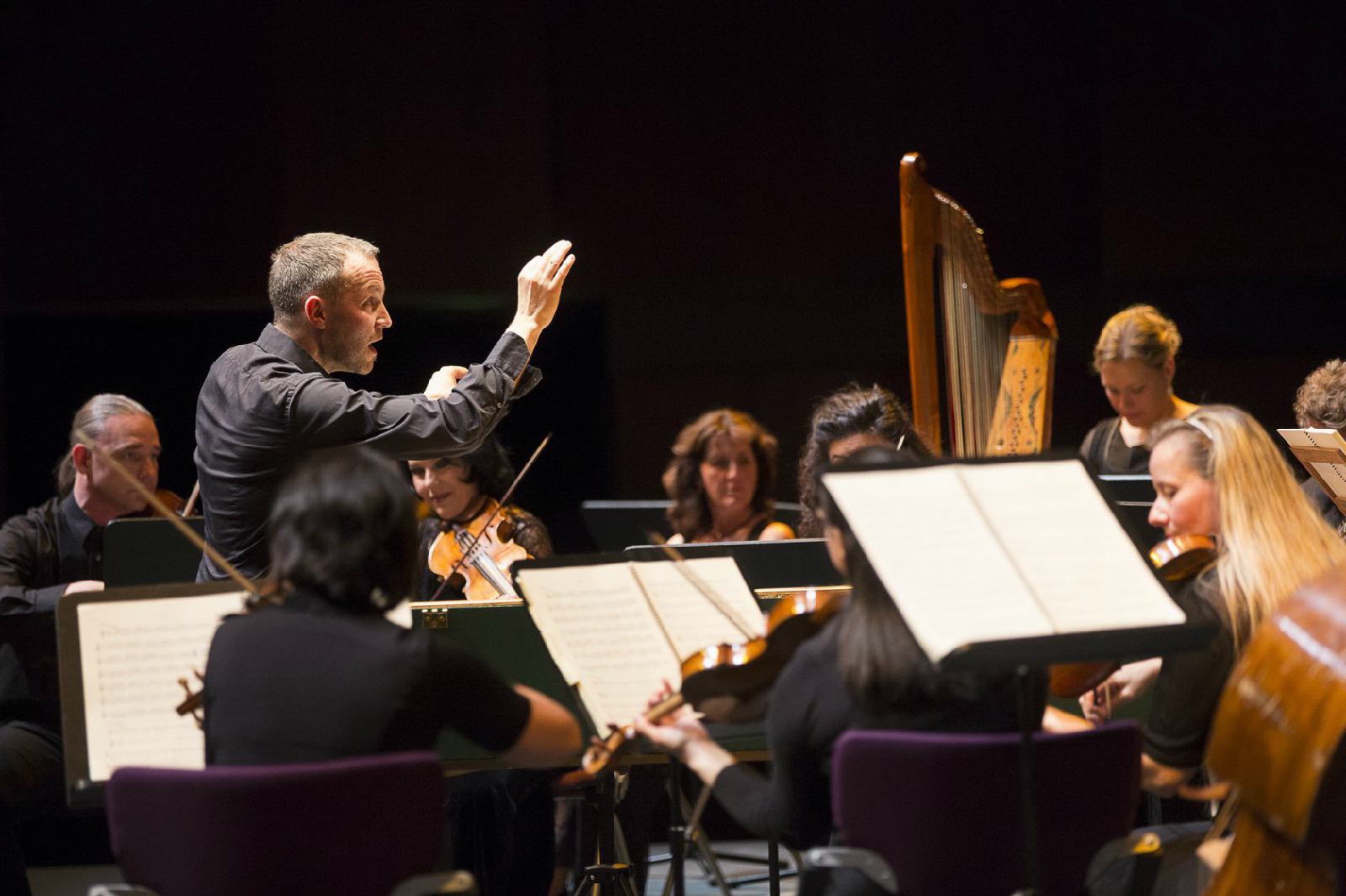
발러 바르나 사바두스 (Valer Barna-Sabadus, 카운터테너, 1986- )
루마니아 바나트(Banat)의 음악가문에서 태어난 신성이다. 발러가 4살 때 사망한 아버지는 첼리스트였고, 홀어머니는 피아니스트였다. 5살 때 독일로 어머니와 이민해서 성장했고, 바이올린과 피아노를 어려서부터 배우다가, TV에서 우연하게 본 카운터테너 안드레아스 숄의 공연모습을 보고 인생의 목표를 바꾸게 되었다. 어머니도 아들의 목소리가 카운터테너에 적합하다는 사실을 확인하고 적극 지원하게 되었다. 17살 때 뮌헨 음악대학교에 입학하고부터는 소프라노 가브리엘레 푸크스(Gabriele Fuchs)의 문하에서 카운터테너를 배우기 시작했다. 2009년엔 바이에른 극장 아카데미의 멤버가 되었다.
2007년, 세인트 퓔텐(St. Pölten)에서 바로크 앙상블 카페라 니코니타(Capella Incognita)가 반주하는 가운데 공연된 헨델의 오페라 <리날도>에서 타이틀 롤을 맡아 노래했다. 2008년엔 주제페 안토니오 베르나벨의 오페라 <디아나>에서 엔디미오네 역과 바이에른 체임버 오케스트라가 반주한 퍼셀의 <요정 여왕, The Fairy Queen>을 노래했다. 콘서트 싱거로는 <카르미나 부라나>, 인골 슈타트 페스티발 등에서 연주했다.
2012년, 독일의 ZDF/ARTE 방송사 프로그램, <내일의 스타들>에 출연하면서 국제적인 관심의 월드스타로 발돋음 했다.
글 출처: 곽근수의 음악 이야기

|
